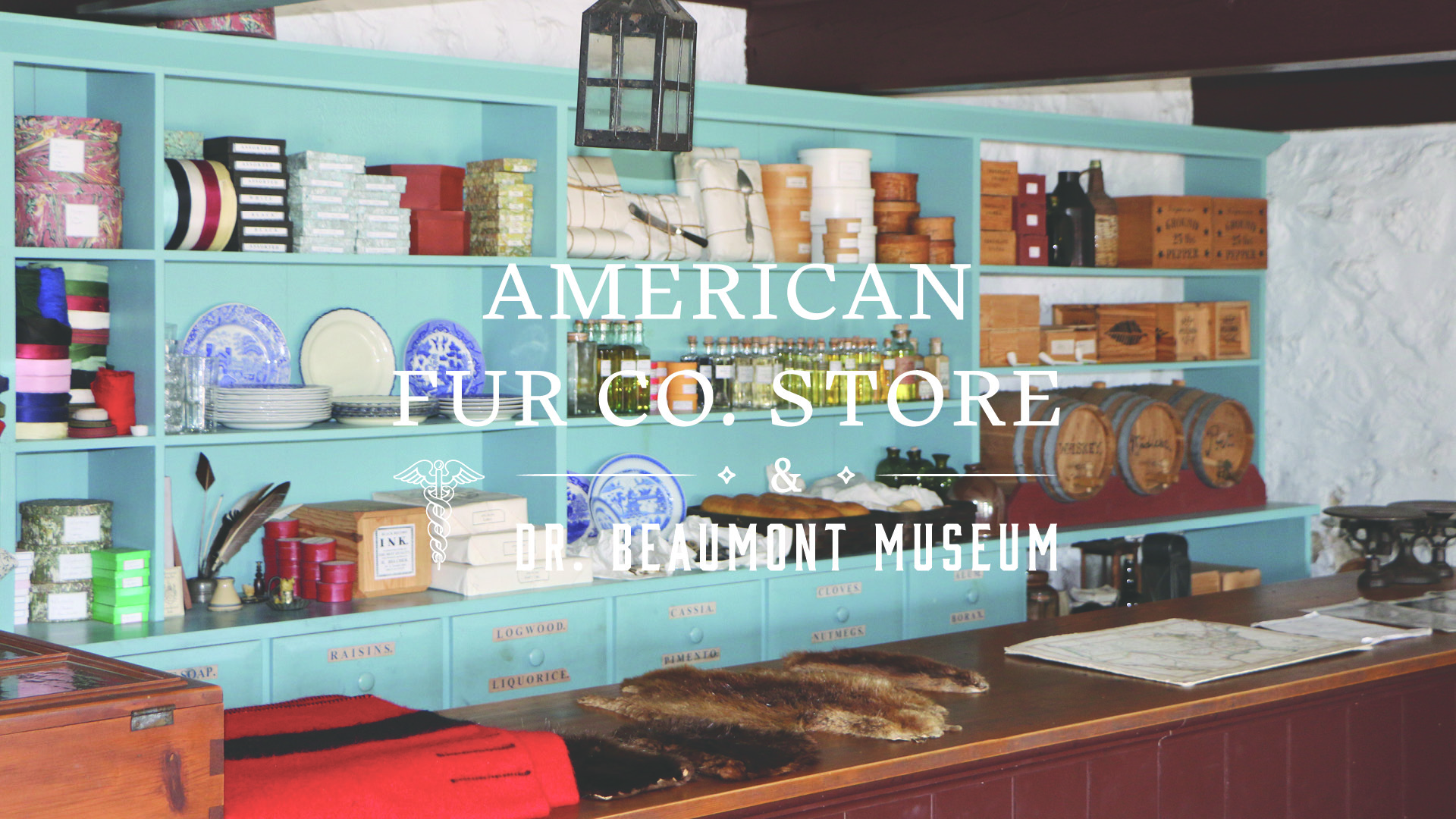
Dr. William Beaumont and Alexis St. Martin
On June 6, 1822, a shot rang out inside the American Fur Company’s retail store located on Mackinac Island’s Market Street. When the smoke cleared, Alexis St. Martin, lay bleeding on the floor…

On June 6, 1822, a shot rang out inside the American Fur Company’s retail store located on Mackinac Island’s Market Street. When the smoke cleared, Alexis St. Martin, lay bleeding on the floor…
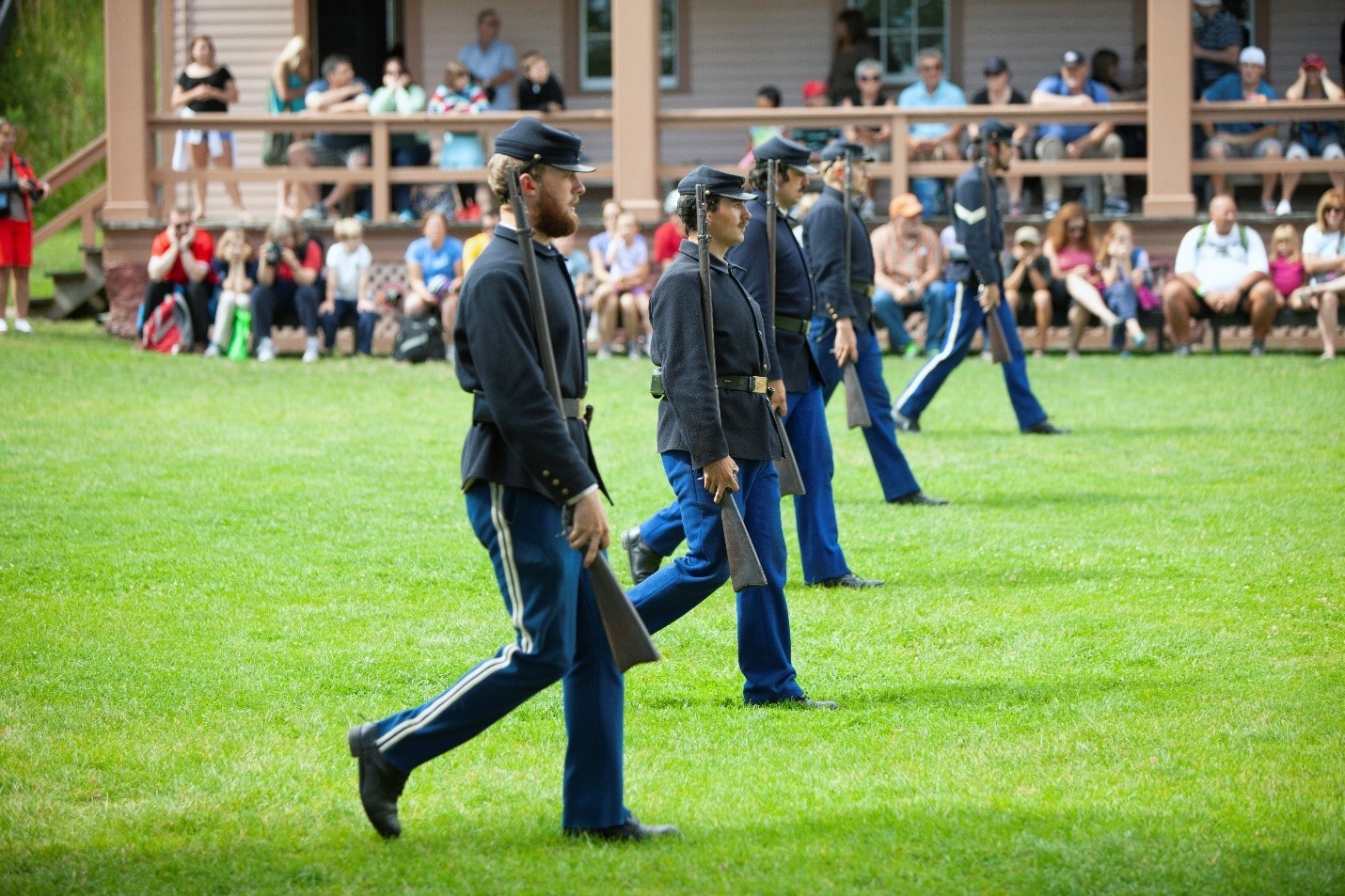
Visiting historic Fort Mackinac on Michigan’s Mackinac Island is less of a lesson in history than it is an experience of it. Here are five places to see on a visit to Fort Mackinac with the family:
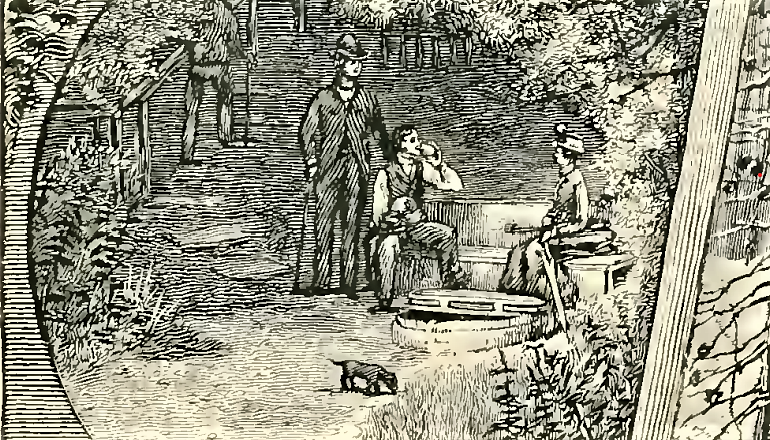
Mackinac Island is blessed with a number of natural springs which percolate through limestone bedrock. Some, like Dwightwood Spring and Croghan Water, are well known. Others not as much. Learn more about them here.

When you think about the Great Lakes fur trade, you probably think about canoes, right? While canoes were an integral part of the trade, they weren’t the only watercraft on the lakes.
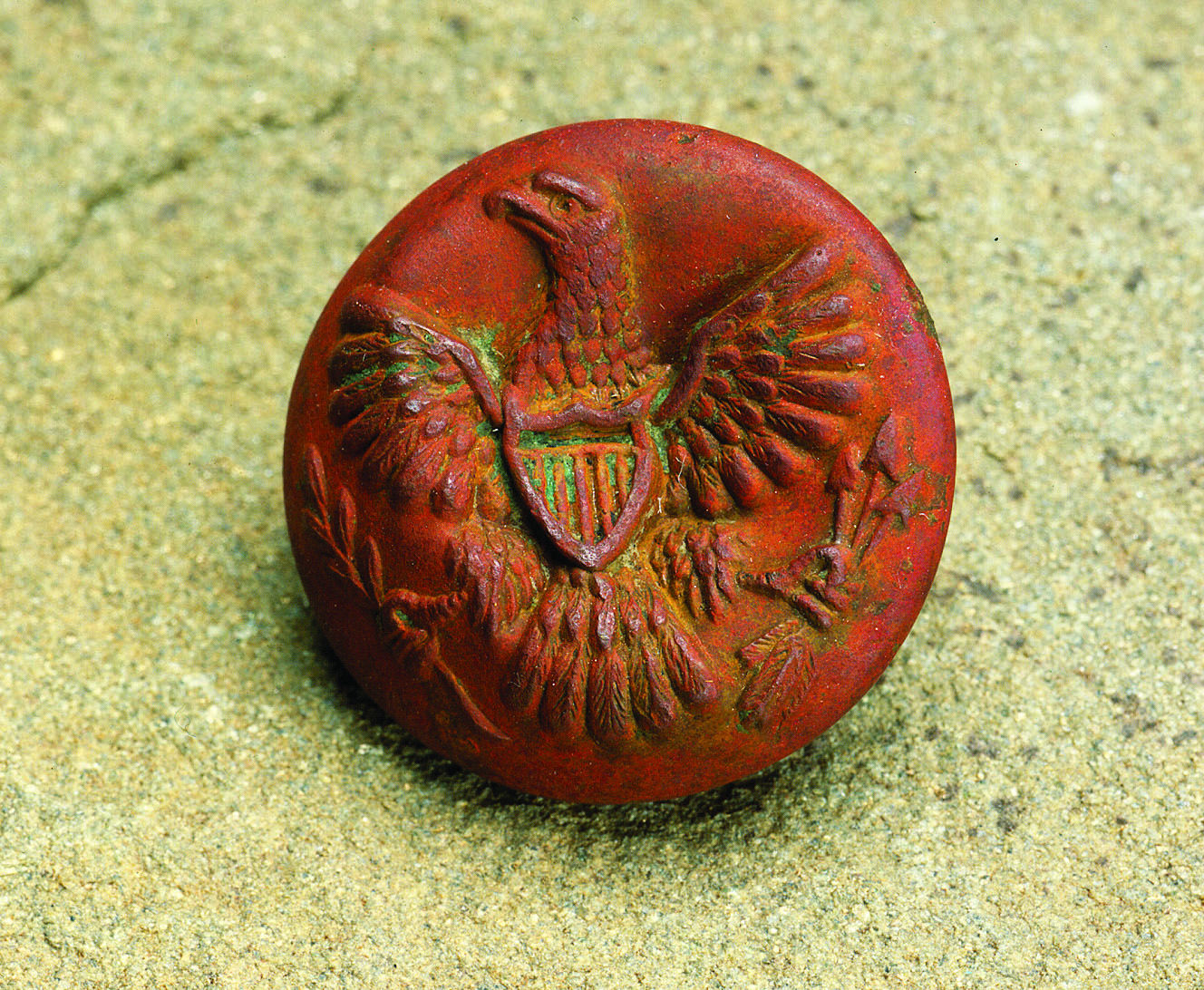
One of the “missing” buildings at Fort Mackinac is the blacksmith shop.

As winter snow and frigid temperatures finally give way to spring, maple sugaring season begins in northern Michigan.
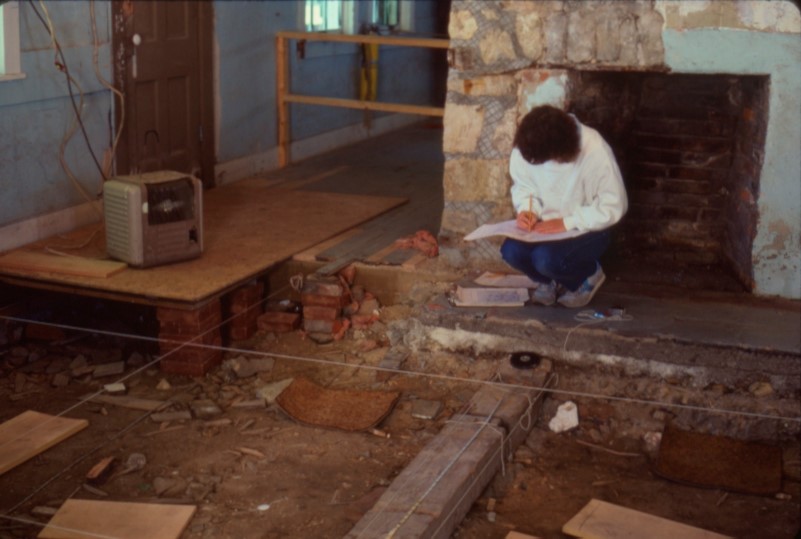
One of the more unusual archaeological projects to take place at Fort Mackinac was an excavation that took place under a standing structure. The main question that excavation was looking to answer? Who built the Officer’s Wood Quarters, and when was it built?
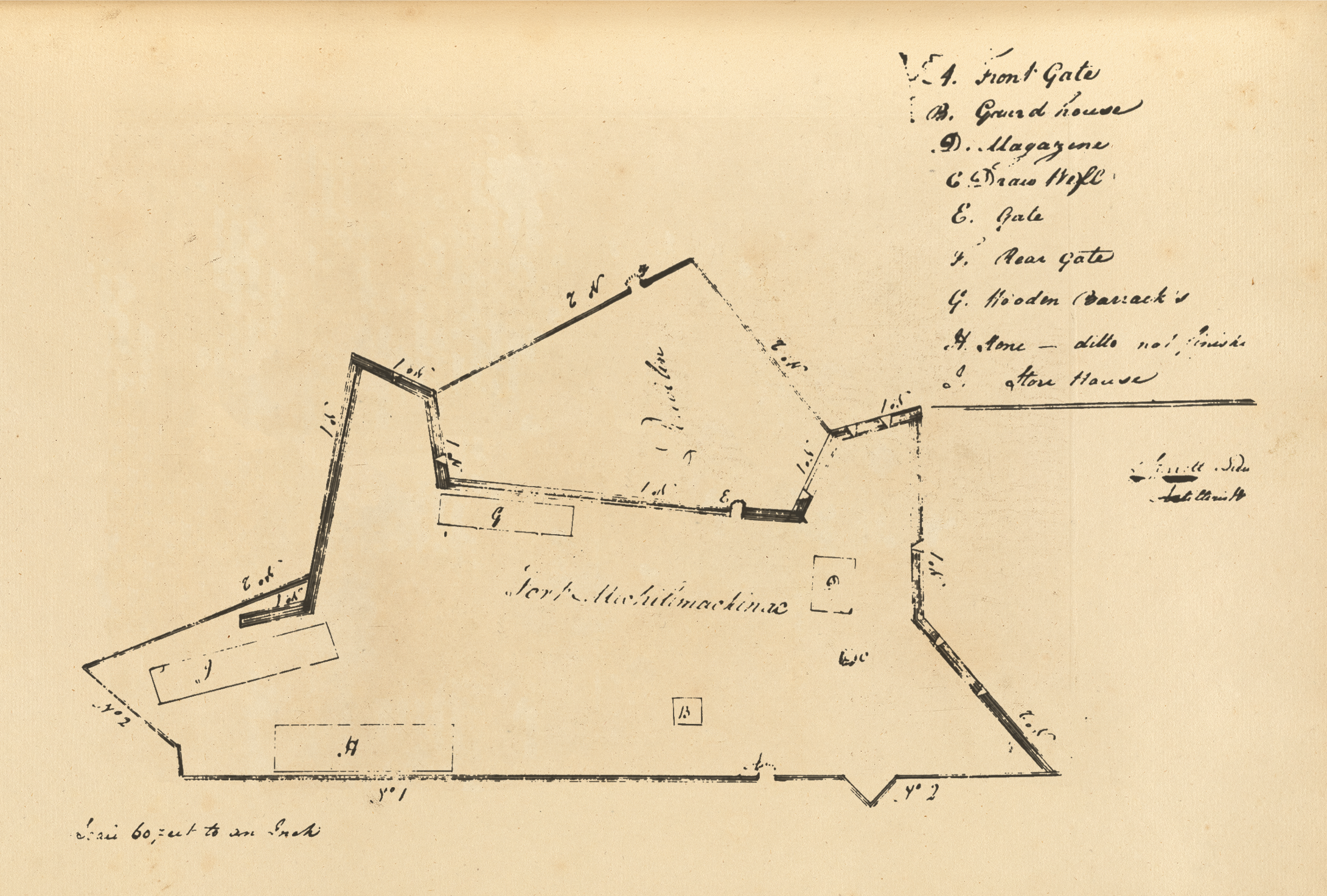
The earliest archaeological excavation at Fort Mackinac took place at one of its earliest structures, the British well.

Arch Rock is Mackinac Island’s most famous and spectacular limestone formation. A century ago, curious visitors could find two additional arches, also celebrated for their natural beauty and rich traditions.